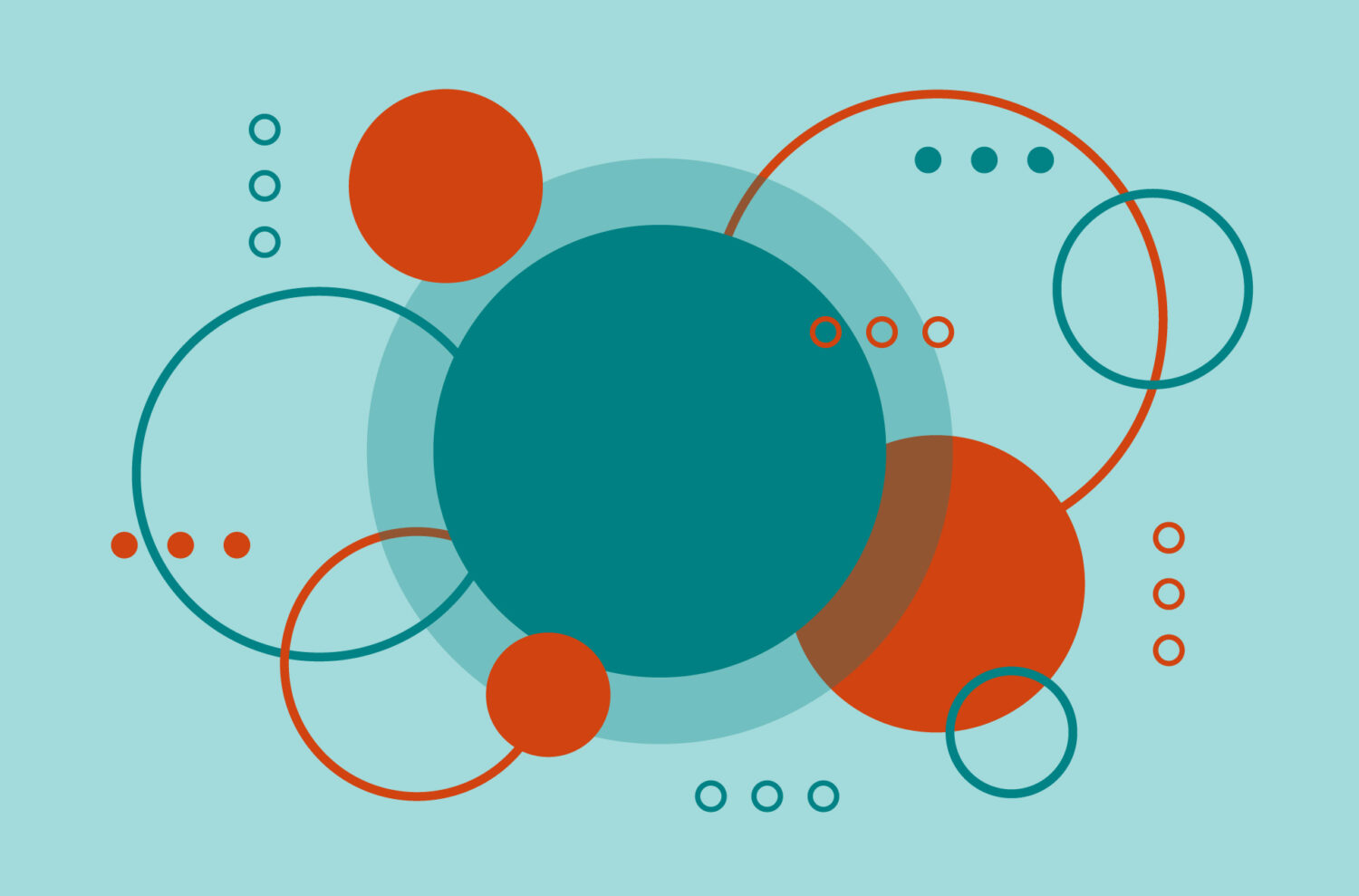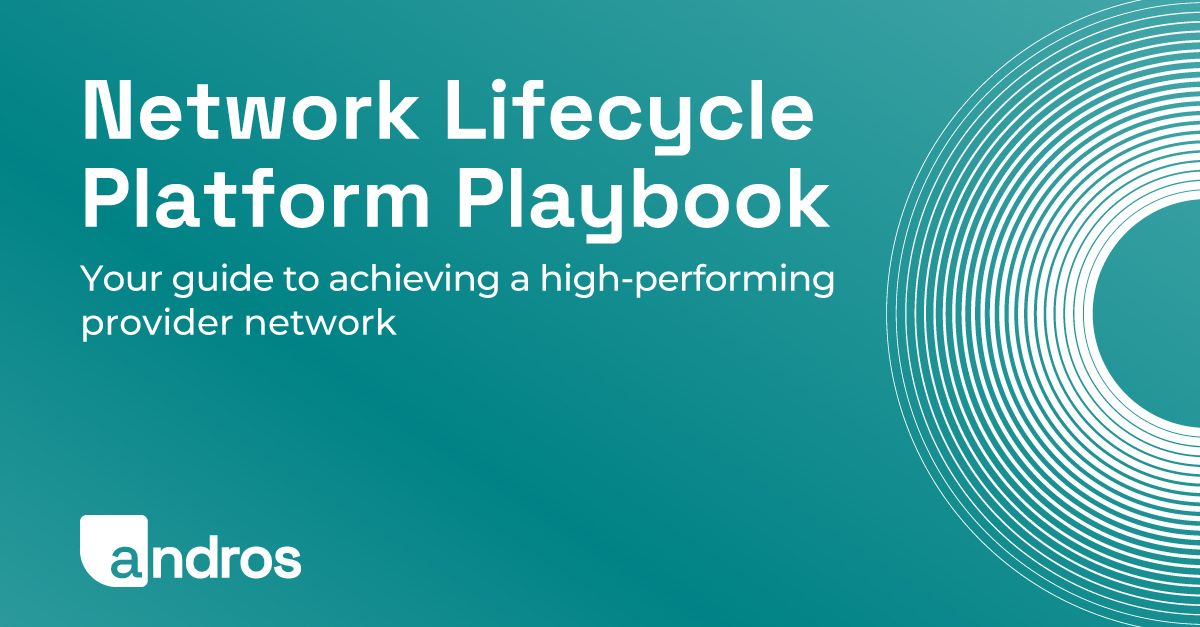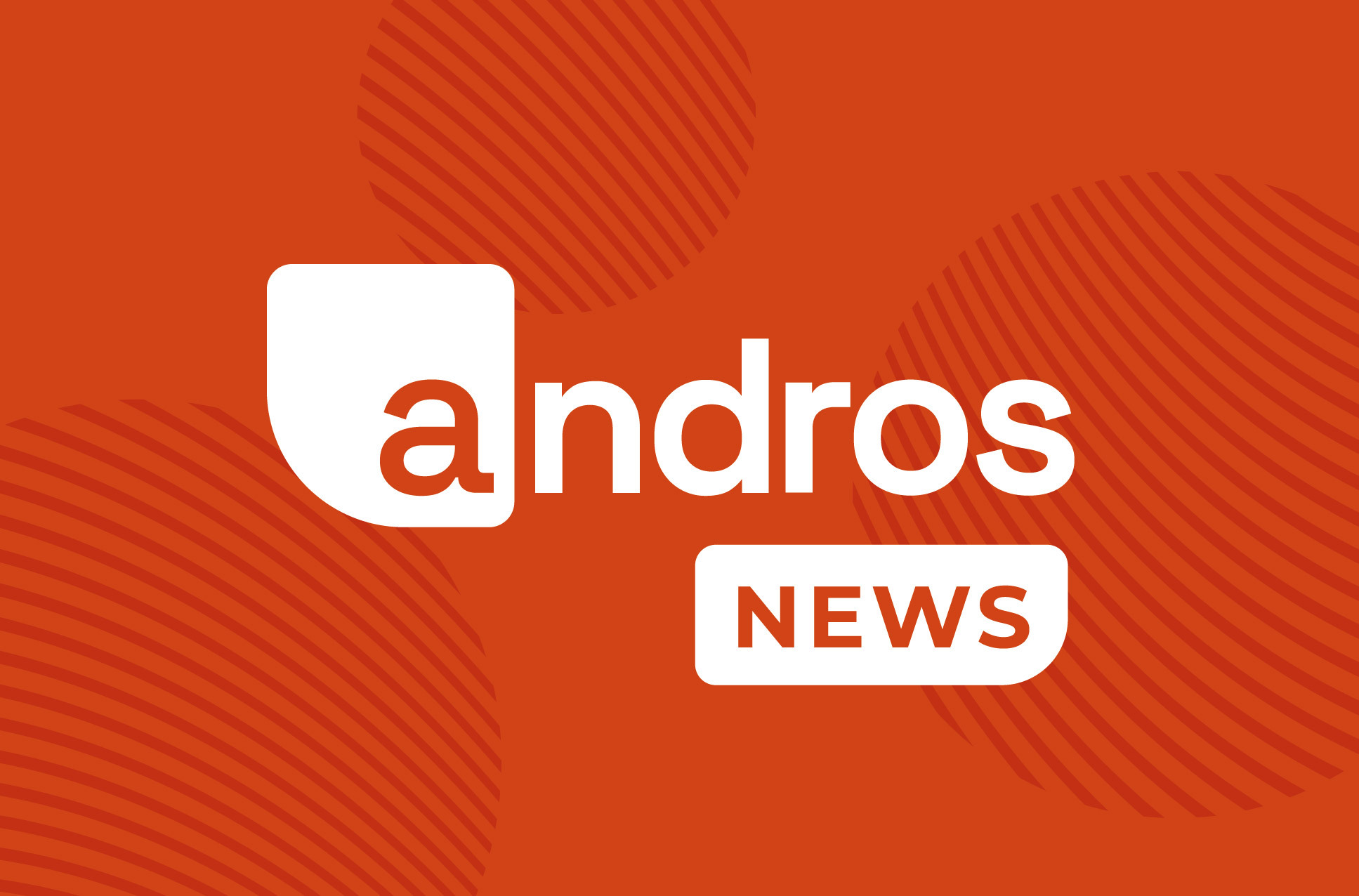Every health plan wants to build a high-performing provider network. It’s become a strategic imperative, not just for compliance, but for member access, provider satisfaction, and long-term sustainability. But while the vision is clear, the roadmap is often anything but.
That’s because building a truly high-performing network requires more than a documented strategy and high-tech dashboards. It requires system-level transformation and a foundation built on connected, reliable, and actionable data.
How to actually build a high-performing network
Many health plans we’ve talked to have already taken the first steps by investing in advanced Network Lifecycle Platforms (NLP)—platforms that aim to unify workflows across the network lifecycle, from provider onboarding to compliance, performance, and optimization.
While a Network Lifecycle Platform sets the vision, a data orchestration hub is what powers it.
The best NLPs are meant to streamline operations, support smarter decision-making, and deliver results. But most NLPs don’t reach their full potential because they’re often built on fragile foundations with disconnected systems, inconsistent data, and manual workarounds. That’s where the data orchestration hub comes in.
What is a Network Lifecycle Platform (NLP)?
A Network Lifecycle Platform (NLP) is built to unify provider network operations at every stage, from credentialing and contracting to monitoring, optimizations, and everything in between.
The goal of an advanced NLP is to:
- Build integrated workflows across departments
- Make smarter, faster decisions powered by timely, accurate data
- Achieve better outcomes for members, providers, and health plans alike
These kinds of outcomes don’t come from layering a new UI over old infrastructure. They require real interoperability and systems that speak to each other, where data flows freely, and with automation that replaces guesswork and manual effort with precision.
An NLP is the strategic front end, but without the right backend, it can’t function with the precision and outcomes we know are possible.
Why integration alone isn’t enough
Many NLP initiatives start with the right intentions, but stall when it’s time to scale because the necessary connective tissue just isn’t there.
- Integrations are flimsy or one-off, relying on unstable connections or manual workarounds
- Data lives in silos, is incomplete, or isn’t reliable enough to power real-time action
- Teams still operate in isolation, without feedback loops, making coordination inconsistent or slow
These issues result in disconnected workflows, reactive decisions, and limited ROI from the investment in the tools and technologies that make up the NLP. This is exactly where a data orchestration hub makes the biggest difference.
The role of the data orchestration hub in network transformation
A data orchestration hub is the infrastructure layer that activates the NLP. It sits at the center of your tech stack, continuously ingesting data from across the network ecosystem (credentialing systems, claims data, provider directories, performance platforms, and more). It standardizes and enriches data, connects systems in real-time, and automates key workflows across the network lifecycle.
Don’t think of it like another layer on top of your NLP, but the system underneath that powers everything above.
What changes when you power your NLP with a data orchestration hub (like Andros Arc™)
Typical setup  | NLP + Andros Arc ✅ | |
|---|---|---|
| Data sources | Scattered across multiple systems | Consolidated from 250+ sources into a single view |
| Provider data quality | Incomplete, redundant, siloed | Unified provider graph |
| Workflow automation | Manual processes, limited coordination | End-to-end automation across key network workflows |
| System integration | Disconnected, fragile connections | Scalable, plug-and-play architecture |
| Decision-making | Reactive and time-consuming | Real-time, insight-driven, and predictive |
| User experience | Clunky, compliance-heavy workarounds | Intuitive design with built-in compliance and feedback loops |
How a data orchestration hub powers a high-performing NLP
As we’ve alluded to, a Network Lifecycle Platform is only as strong as the infrastructure beneath it. Without connected systems, even the most sophisticated NLPs can fall short.
This is where a data orchestration hub like Andros Arc comes in, bringing structure, intelligence, and automation to the entire network lifecycle.
With Andros Arc serving as that foundation, it can unify data from hundreds of sources, consolidate millions of NPIs into a single provider graph, and automate workflows like credentialing, segmentation, and risk monitoring. The result is a system that supports real-time decision making without the silos, manual work, or compliance barriers that often slow things down.
Andros Arc is built to orchestrate
Andros Arc already powers over 200 networks across the country, connecting systems and transforming how they work together. By streamlining data flows and aligning teams, Arc helps turn fragmented processes into cohesive operations at scale.
Andros Arc is built to orchestrate and is the infrastructure you need to move from concept to execution with speed, confidence, and meaningful results.
You don’t need to start from scratch to realize the benefits of orchestration. In fact, that’s the whole point. You can keep your existing systems and processes, and let a data orchestration hub like Andros Arc bring them together in a smarter, more strategic way. You already have the vision. Now it’s time to power it.
Looking to upgrade from isolated data management to full provider network orchestration? We’d love to show you how an advanced Network Lifecycle Platform makes it possible. Connect with Andros today.


